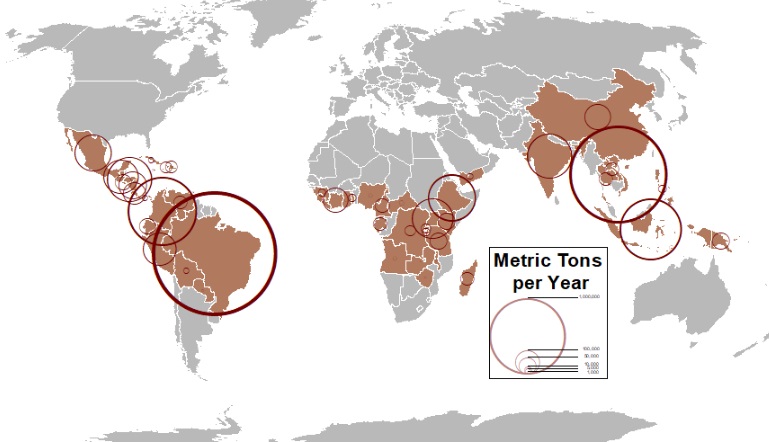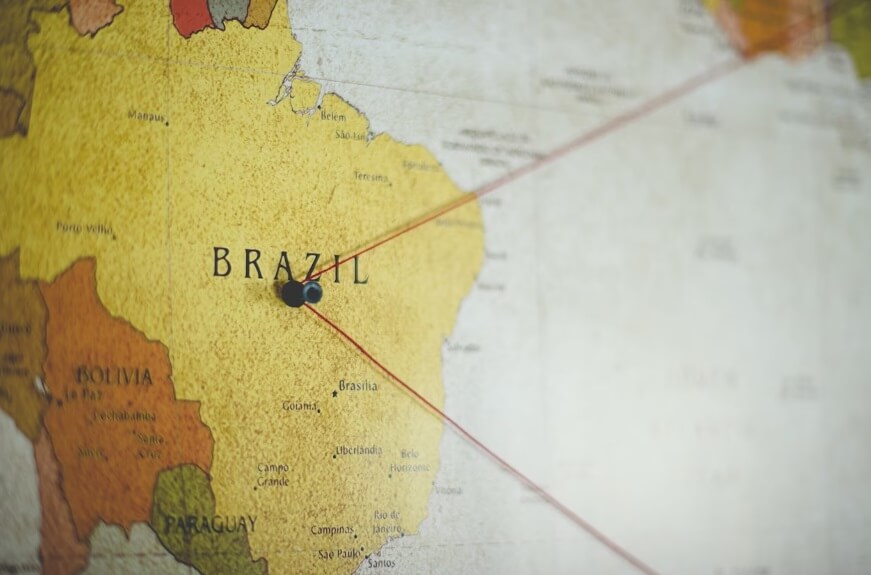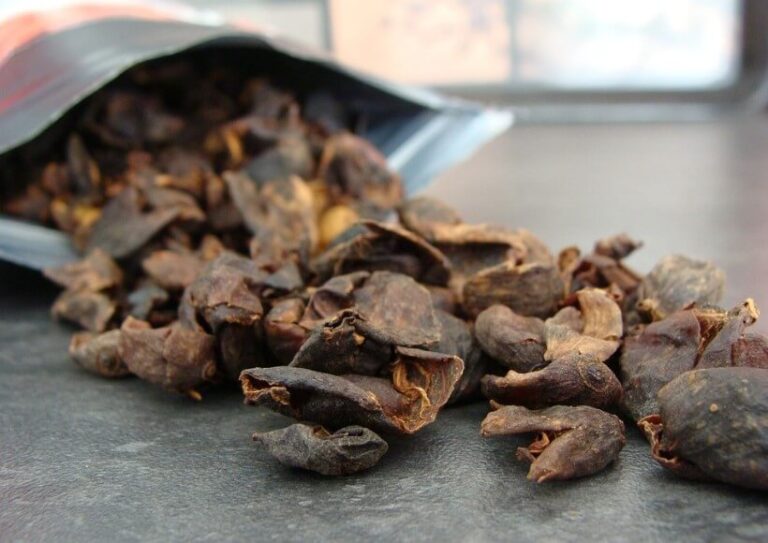In our high school geography classes, we learned some basics:
- Abundant oil in the Arabian Peninsula,
- Japan’s leading car manufacturer,
- and India’s status as the foremost country for cows.
But what about the countries that produce our morning coffee? What comes to mind when we think about the origin of our favorite brew? Check out the top coffee-producing countries.
Cocoa vs. Coffee Plantations – A Switch of Places
In that economics geography class, I came away with the notion that coffee and cocoa switched places. Despite thriving in similar climates, these two plants belong to different continents: coffee is native to Africa, while cocoa hails from South America.
Surprisingly, to this day, both (and soon you’ll find out, many more) regions are involved in coffee cultivation. Still, South America’s coffee production has become more significant over time than Africa’s – and vice versa for cocoa. They’ve swapped places in cultivation volume.
The Top 5 Coffee-Producing Countries
This historical background still influences the present. And all significant players are between the Cancer and Capricorn Tropics.
Here’s the list of the top 5 coffee-producing countries for 2023:
Brazil – ~2.7 million tons/year
Vietnam – ~1.5 million tons/year
Colombia – ~0.75 million tons/year
Indonesia – ~0.67 million tons/year
Ethiopia – ~0.47 million tons/year
As you can see, Africa, the original homeland, needs to catch up in quantity.
But perhaps even more surprisingly, two Asian countries hold prominent positions.

Source: Wikipedia
Which country produces the most coffee in the world? It’s Brazil.
The largest country in South America produces more coffee than the combined total of the countries in second and third place. One of Brazil’s main export products is coffee, with a significant portion being Arabica – unlike other major Asian producers.
The country earns about 30% of its GDP from agriculture. And besides coffee, it is a leading producer of sugarcane, bananas, and oranges too. Brazil accounts for over a quarter of the world’s coffee production!
Vietnam and Indonesia
When we think of Asia, coffee cultivation may not be the first thing that comes to mind. We usually associate the region with terraced rice fields, soybeans, and tea plantations. However, coffee thrives alongside these crops in tropical areas of Vietnam and Indonesia and is a more marketable product on international markets.
In general, Asian regions primarily grow Robusta coffee, which is lower in caffeine and flavor but more resilient. Nevertheless, they are among the most important coffee-producing countries.
Due to the capitalist world order, “fair trade” coffee practices occur here. Since traditionally cheap labor produces lower-quality coffee, it can be purchased at low prices, offering enormous economic potential to traders.
Ethiopia, the Homeland of Coffee
Several stories circulate about the discovery of coffee’s effects and the beginning of human consumption. We believe in the goat herder story, which takes us back to Ethiopia. Despite the well-known legend, Ethiopia remains one of the world’s most critical coffee-producing countries.
In the central strip of Africa, numerous countries can boast similar volumes of coffee production: Ivory Coast, Burundi, Tanzania, and Uganda, with 100-200,000 tons each representing significant forces. In these underdeveloped, third-world countries, generating income from coffee is of immense value.
The homeland of coffee stands out with almost half a million tons of annual production. It places it fifth on the world ranking. This, alongside incredible long-distance runners, keeps Ethiopia among the world’s leaders despite being impoverished.
Coffee Cultivation: Why Is Fair Trade Important?
What we have seen demonstrates that the coffee plant is relatively delicate. It clings to tropical climates, which determines the opportunities for coffee-producing countries.
An interesting fact is that the countries on the equator between the Cancer and Capricorn Tropics are not
- the most developed,
- most prosperous,
- or most beautiful in terms of culture or politics.
This fact implies that the coffee industry’s participants have endured centuries of blood and sweat from Central America to Asia.
- Hundreds of thousands of underpaid workers,
- often working in poor conditions
- and extreme weather,
make it possible for the vacuum-packed coffees of multinational companies to reach the shelves of stores daily. And this is not (just) the fault of the coffee-producing countries.




